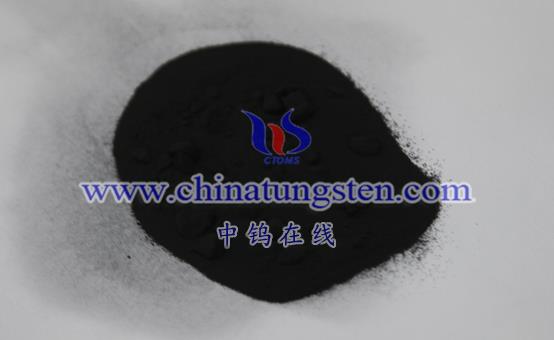There are important differences in the properties and structures of tungsten tetrabromide (WBr4) and tungsten tetraiodide (WI4).
Structurally, the tungsten atom in the tungsten tetrabromide molecule is covalently bonded to four bromine atoms, and each bromine atom provides an electron to participate in the bonding, so that the oxidation state of the tungsten atom is +4. In contrast, the tungsten atom in the tungsten tetraiodide molecule is covalently bonded to four iodine atoms, and each iodine atom provides an electron to participate in the bonding, which also makes the oxidation state of the tungsten atom +4. It should be noted that the sizes of bromine atoms and iodine atoms are different, which leads to certain differences in the molecular structures and bond angles of tungsten tetrabromide and tungsten tetraiodide.
Tungsten tetrabromide and tungsten tetraiodide also differ in physical and chemical properties. Due to the difference in the size of the bromine atom and the iodine atom, the molecular structure and physical properties of tungsten tetrabromide and tungsten tetraiodide will be different. For example, the molecular mass, molecular size and density of tungsten tetrabromide may be different from tungsten tetraiodide. In addition, their melting point, boiling point, solubility in water, etc. will also be different. In terms of chemical properties, although the oxidation state of their tungsten atoms is both +4, due to the different electronegativity of bromine and iodine atoms, their chemical properties may be different, such as in the activity of participating in chemical reactions.
In terms of application, tungsten tetrabromide and tungsten tetraiodide may be used in different chemical reactions. Since tungsten tetrabromide has the properties of a catalyst and a reagent, it may be used in organic synthesis reactions, such as the synthesis of organic compounds such as alcohols, aldehydes, and ketones. Tungsten tetraiodide may be used in inorganic synthesis reactions, such as the synthesis of inorganic compounds such as halides and iodide oxides.

More details of tungsten, molybdenum and rare earth news, please visit website: https://www.ctia.com.cn/en/
Please contact CHINATUNGSTEN for inquiry and order of tungsten and molybdenum product:
Email: sales@chinatungsten.com
Tel.: 86 592 5129595






